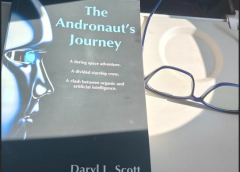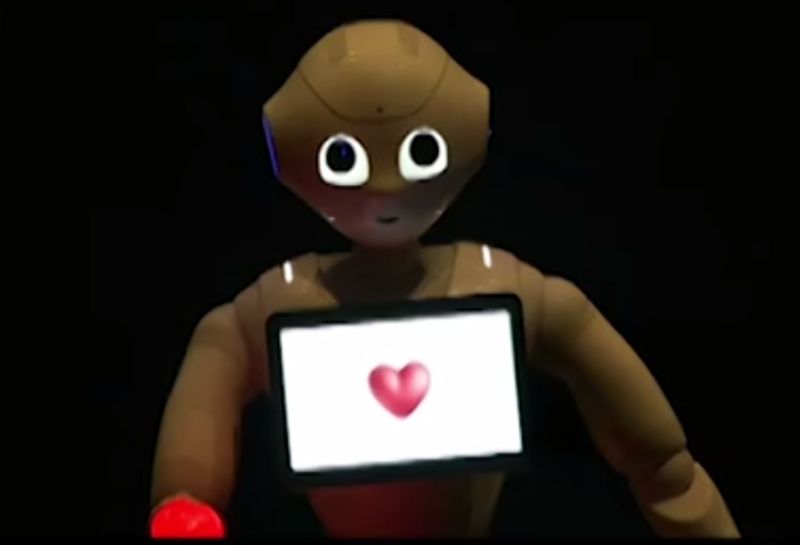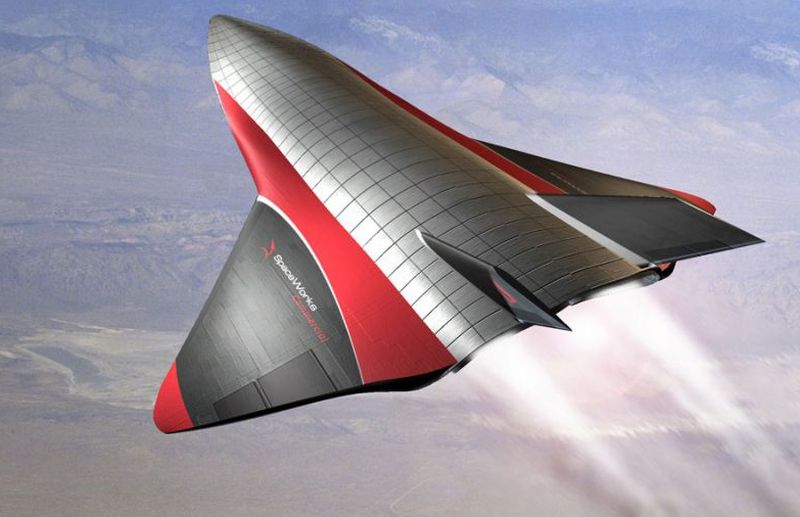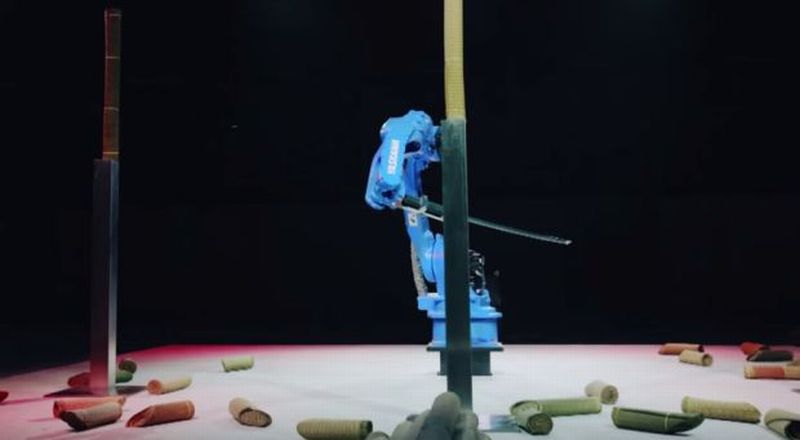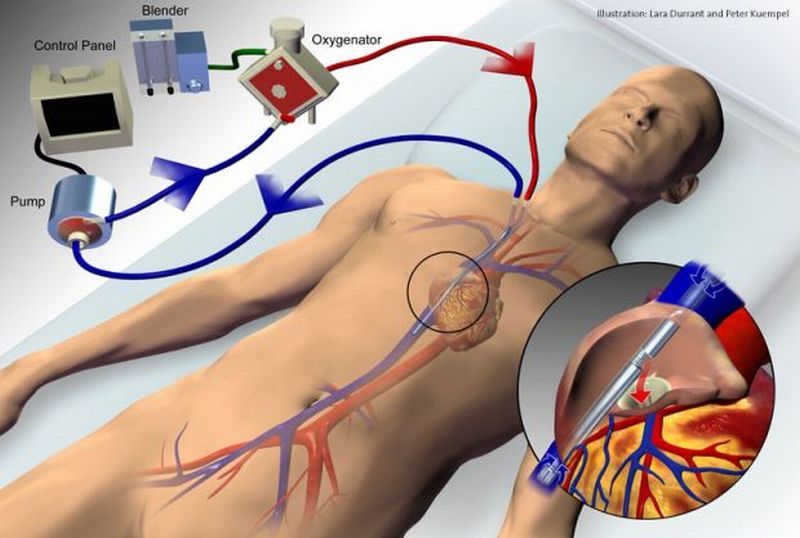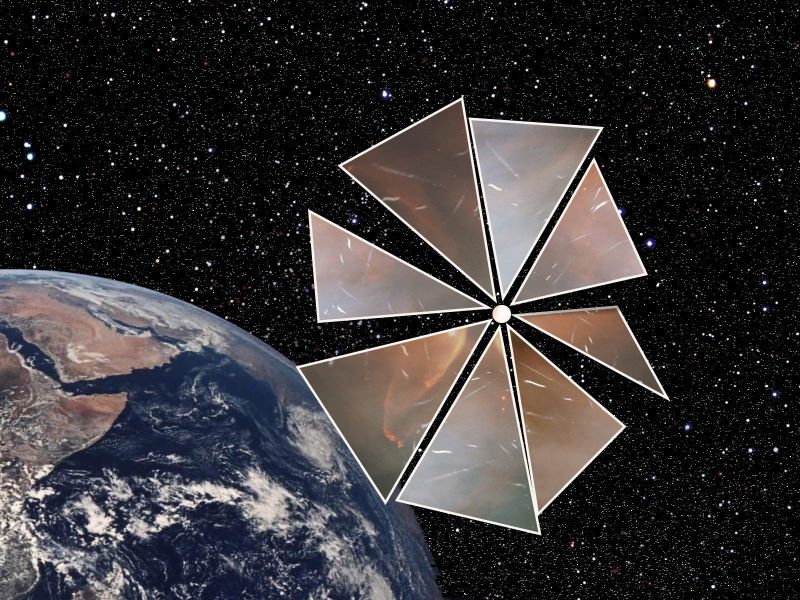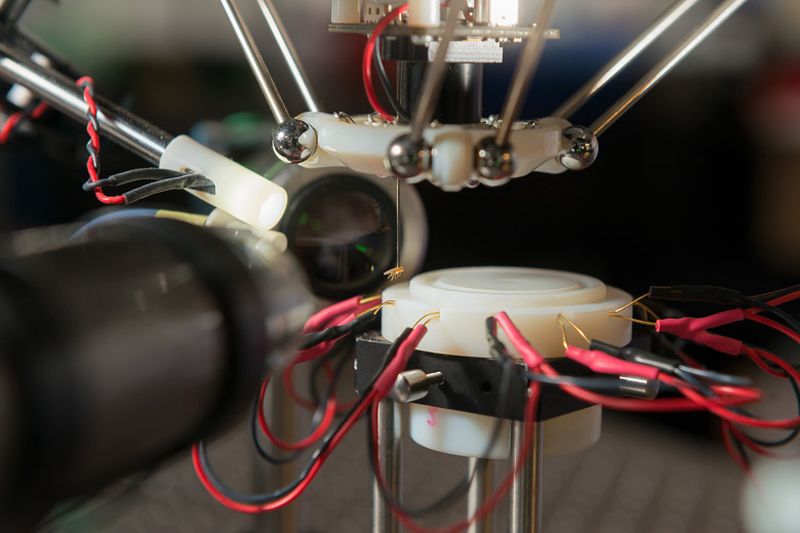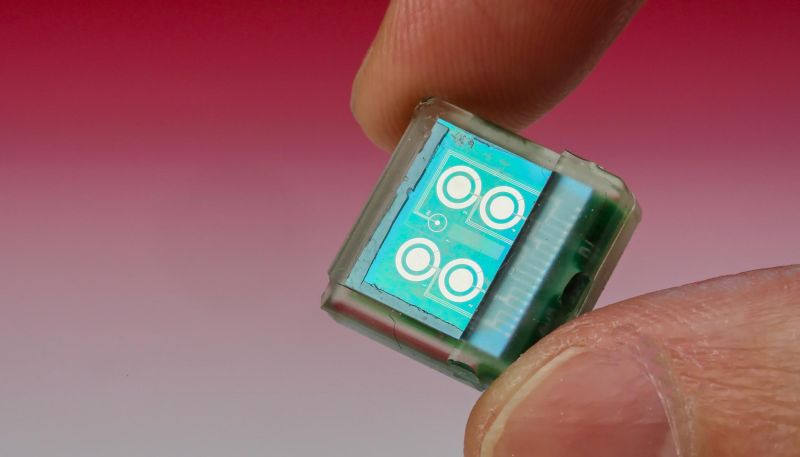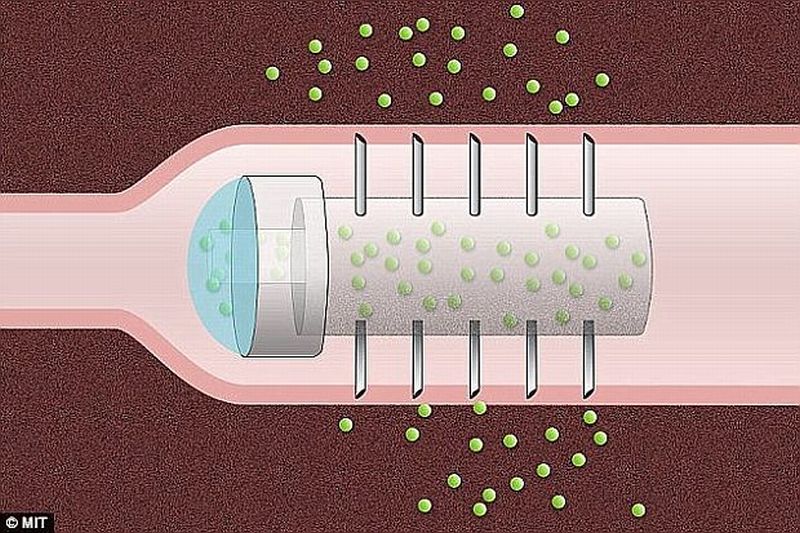Softbank’s Pepper robot will be hitting stores by 20th of June that is coming Saturday. The robot is furnished with heart like designed that not only helps in identifying human emotions but reacting with simulations of anger, joy and irritation.
Read MoreTesla Powerwall: Energy Storage System for a Sustainable Home
Elon Musk aka Tony Stark of the real life leave no stone unturned when it comes to denting the universe. He concretizes stuff which we can only dream off. His idea of privatizing space travel with Space X, revolutionizing conventional automobile mechanics by introducing electric cars via Tesla motors, his unconventional open tube transport system, the Hyperloop are not the ‘only’ examples of his unlimited desire for uplifting the future of humanity. He has now come up with an energy storage system for home users, called the Powerwall.
Read MoreHypersonic Air Vehicle soon to be a Reality: Supersonic Transportation
Scientists at the AFRL (Air Force Research Laboratory) in collaboration with the Pentagon’s research arm are working towards building an innovative hypersonic air vehicle. As the concept suggests, the team aims it touch up to Mach 5’s speed while transporting guidance systems and other materials.
Read MoreMotoman MH24 competes with Isao Machii: Industrial Robot versus Sword Master (w/ Video)
Yaskawa Electric Corporation has unleashed Motoman MH24, a 6-axis high-speed robot that shows impeccable range of applications in handling and machine tending. In Yaskawa challenge, the bot competed with Isao Machii, the world-famous sword master and displayed its kills around bamboo poles.
Read MoreMicrofluidic device that mimics the actual Biological System: Alternative to Lung Ventilators
Technology that would help in fabricating vital characteristics of lung structures would lead to safer and promising alternative to specific types of respiratory and cardiac machines used for treating patients whose lungs have failed to respond due to disease or injury.
Read MoreOrigami Robot: Fold, Walks, Swim and Degrades Autonomously
Researchers from CS & AI at MIT in collaboration with Technische Universitat, Germany have created a self-folding bot based on Japanese concept of folding paper into decorative shapes and figures called origami. The tiny bot fold, walks, swim and degrades autonomously.
Read MoreRocket that doesn’t require any Fuel: Graphene-powered Spacecraft
Amongst all the amazing properties of graphene, morphing light into action is best of all. Serendipitous discovery of the material had surfaced its remarkable properties like robustness along with high electric and head conduction in flat structure. Yongsheng Chen at Nankai University in Tianjin, China along with his team has been working on to see if the same effect could also be seen on the bigger lattice arrangements of carbon.
Read MoreThe Lord of the Rings as an Indian Mythology: Legends leading to Traditions
Had Tolkien’s The Lord of the Rings been a brainchild of some Indian writer during the earliest times, then the book would have been tagged as an Ancient Holy Text.
Read MoreFly-catching Robot for accelerating Biomedical Research: Monitoring fly’s physical attributes at Precise Scale
Mark Schnitzer and his team at Stanford have created a fly-catching robot for speeding up of biomedical research. The bot inspects awake flies and performs behavioral experiments, which previously were not so easily carried out as the flies were under the effect of anesthesia.
Read MoreBiosensing Chip for Remote Monitoring of Human Metabolism: Implantable Biomedical Device
Researchers at Ecole Polytechnique Federale de Lausanne (EPFL) Lausanne, Switzerland have developed a centimeter long biosensor chip that lays hidden under a patch of human skin and is communicated via smartphone. The chip tracks the concentration of molecules quantity like glucose, cholesterol and other drugs.
Read MoreNASA’s WISE Spacecraft surfaces most lustrous Galaxy in Universe: Space Evolution
NASA’s WISE has surfaced a far-flung galaxy, which is supposed to be shining intensely with infrared light with an intensity of nearly 300 trillion suns. The extremely luminous infrared galaxy (ELIRGs) is one of the most luminous galaxies to be discovered till date. Space evolution Chao-Wei Tsai at NASA’s JPL claimed that they have been witnessing an enormous stage of evolution taking place across galaxy. They are assuming that the source of the intense light could be from the growing spout of the galaxy’s black hole. According to Professor Andrew…
Read MoreMicroneedle Pill to deliver Injections from the Inside: Injectable Medications
A spiky pill might replace injections in the near future. The mPill or Microneedle Pill has spikes all over its surface for direct diffusion of drug into the blood stream once it is consumed. Researchers envision using this technology in medication like insulin along with replacement of other oral drugs since it allows for faster absorption than the current tablets.
Read More10 most Interesting yet Fascinating Science Facts
Science has all the answers if not today eventually it surely will have the answers. Every day science surprises us with the discoveries that are going on within its field leaving us awestruck with the realization that we still know so little. This reminds me of a maxim, which goes like, the more we know, in other words, the more we are aware of what we don’t know.
Read MoreIndividual Cell investigated at Bigger Scale: Single-Cell Genomics
There is still no evidence that suggests the exact number of cells present in human body. Although we can interpret them to be somewhere around hundreds of thousands but the figure is much more than that.
Read MoreDrinking Orange Juice helps in tackling Cognition in Elderly: Brain Health
Reading University’s researchers were able to prove that consuming orange juice daily can help in enhancing brainpower especially in elder people.
Read More





